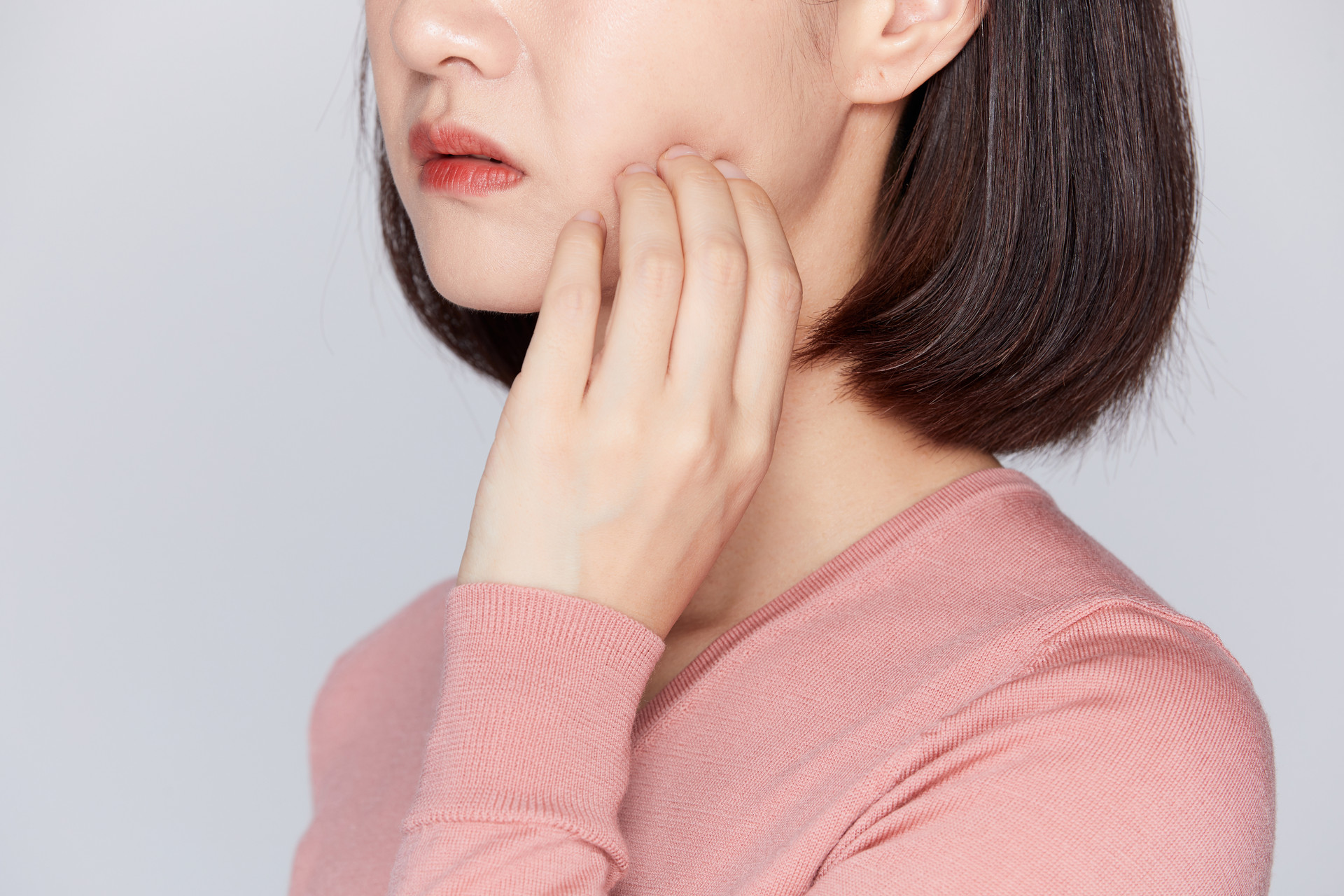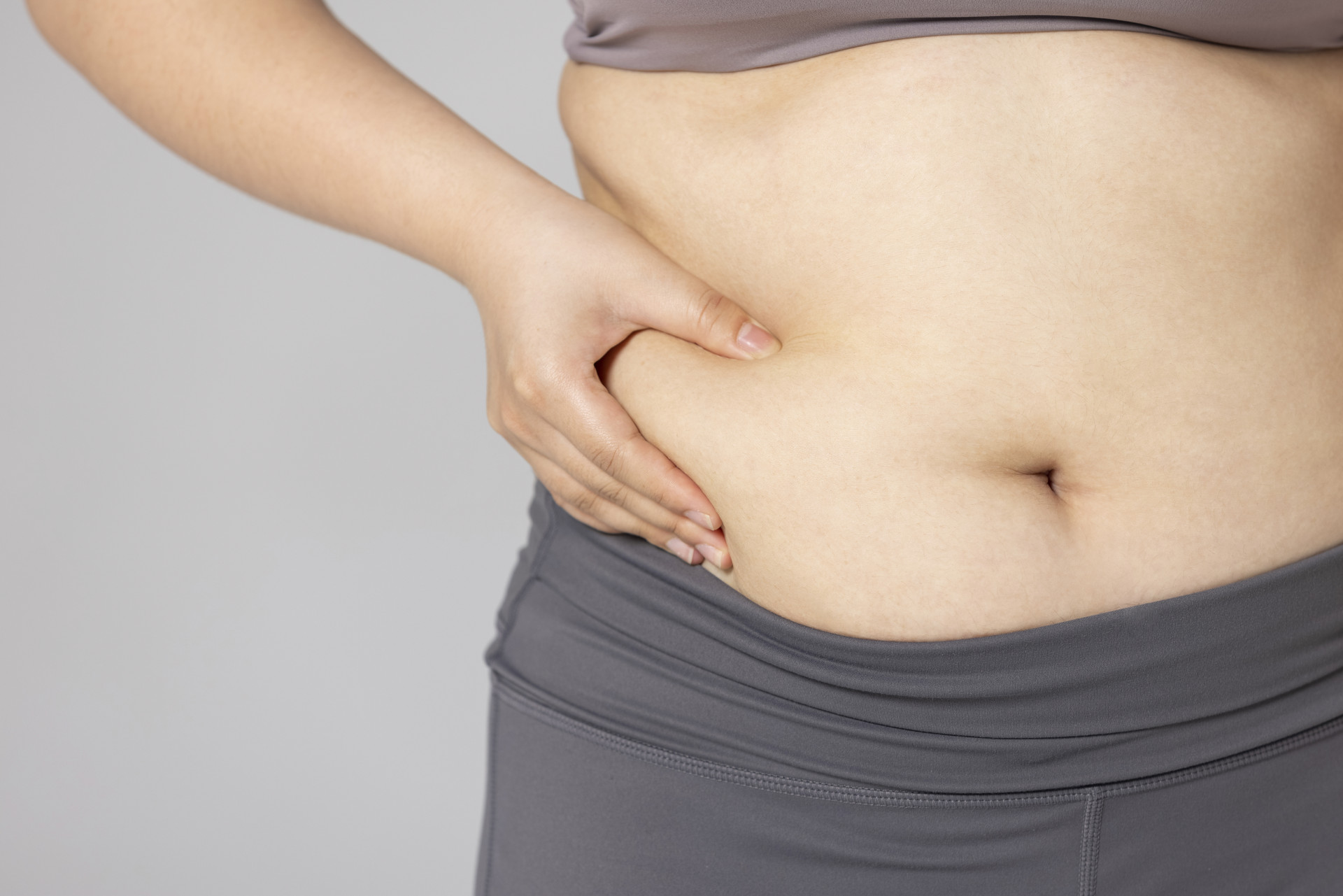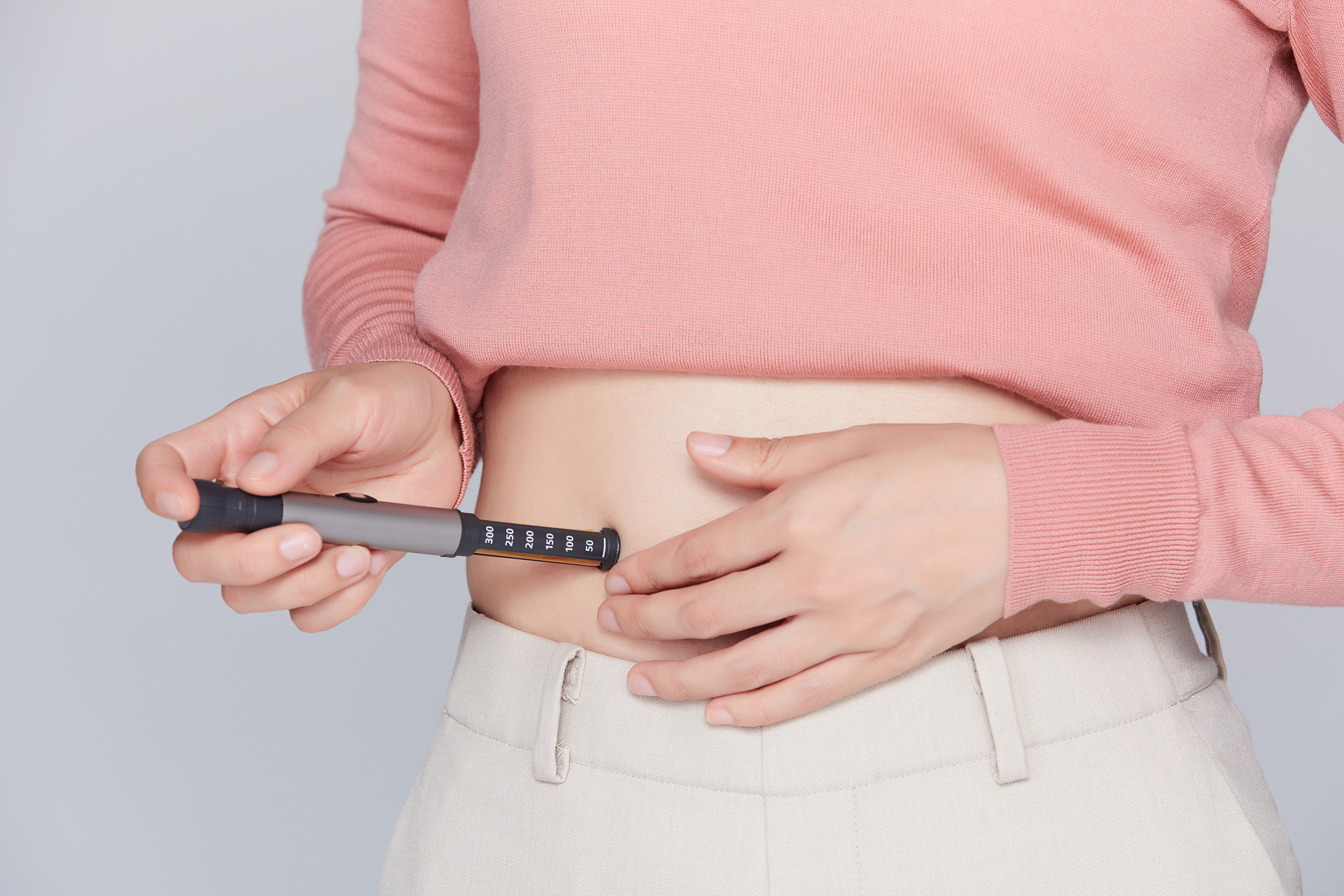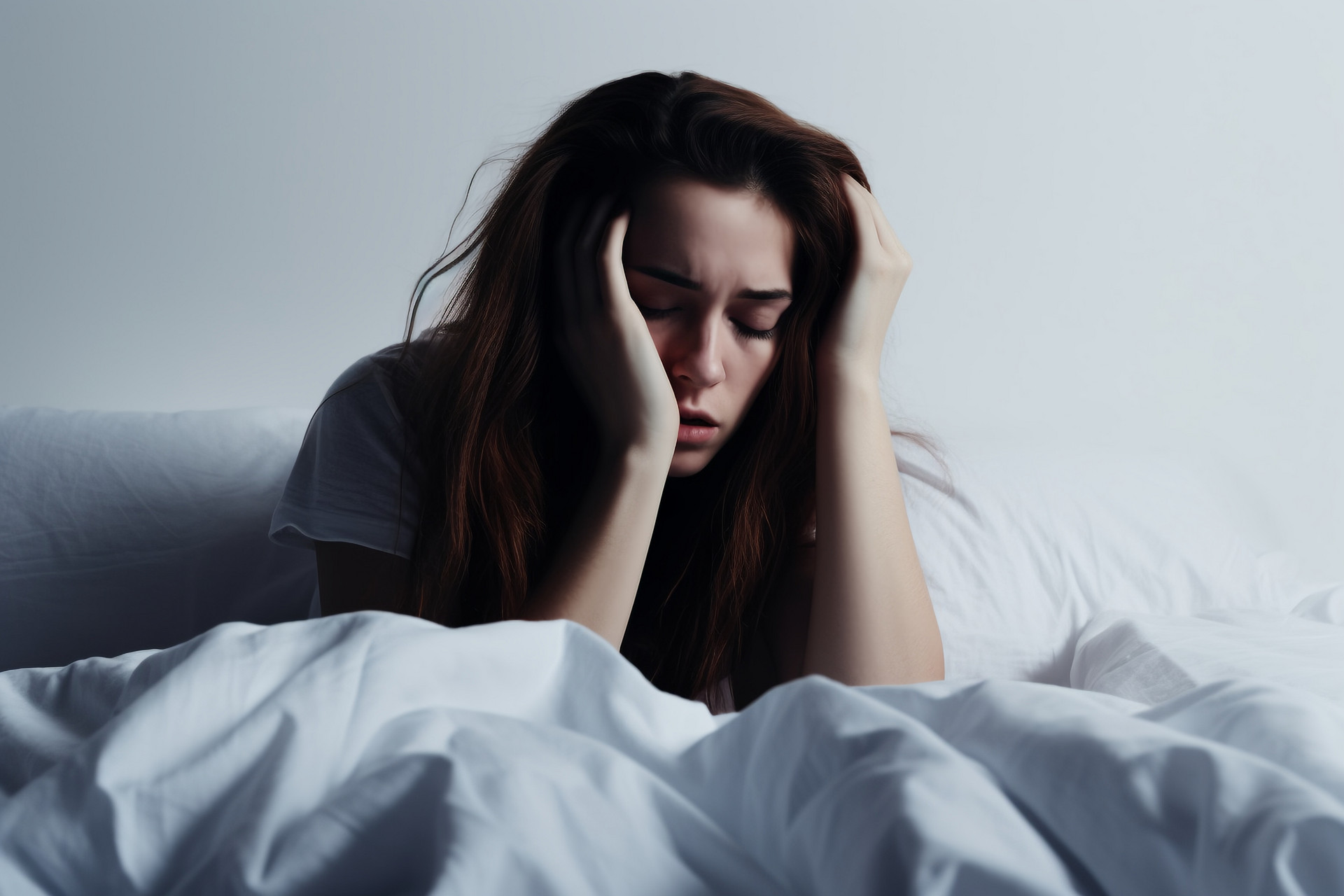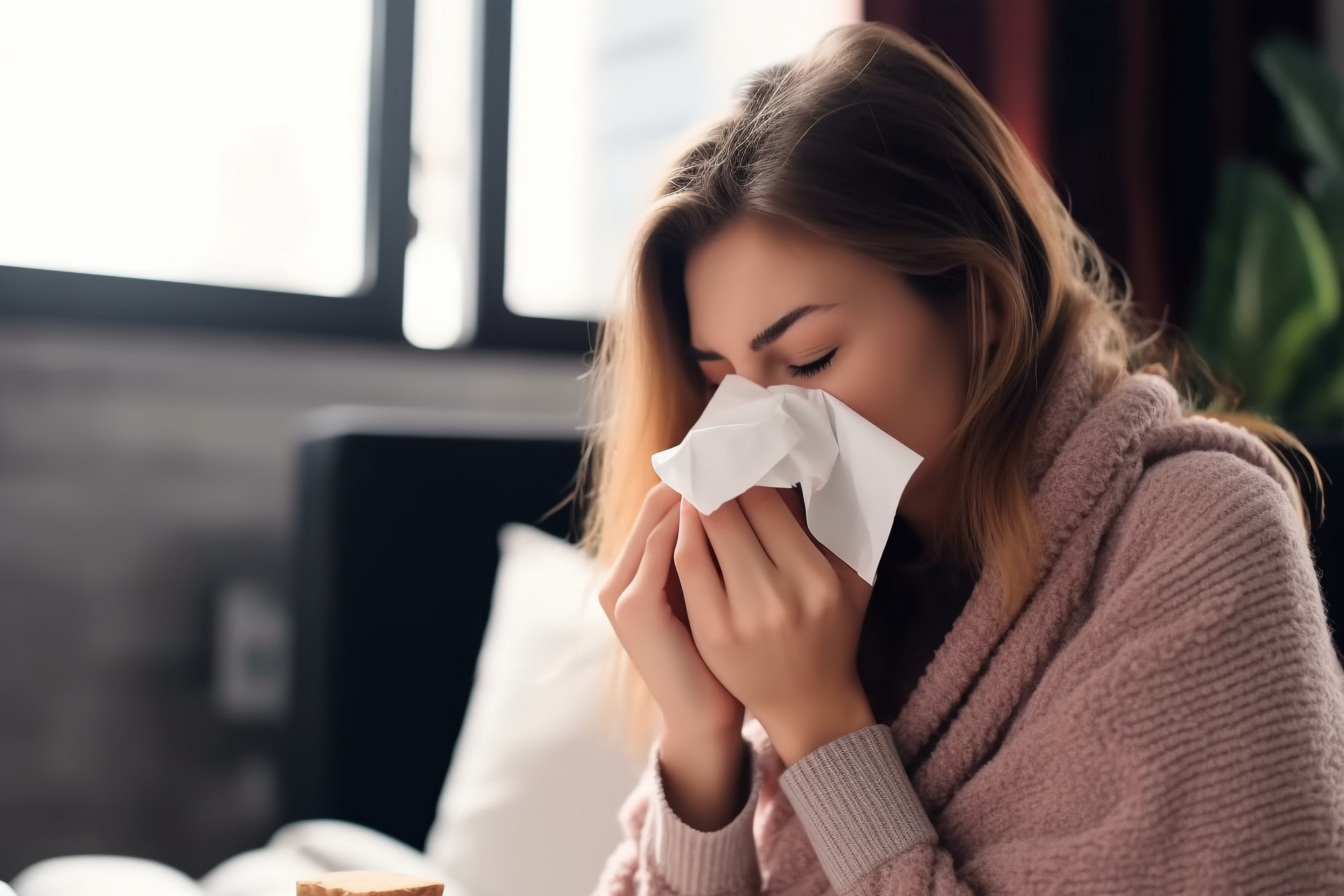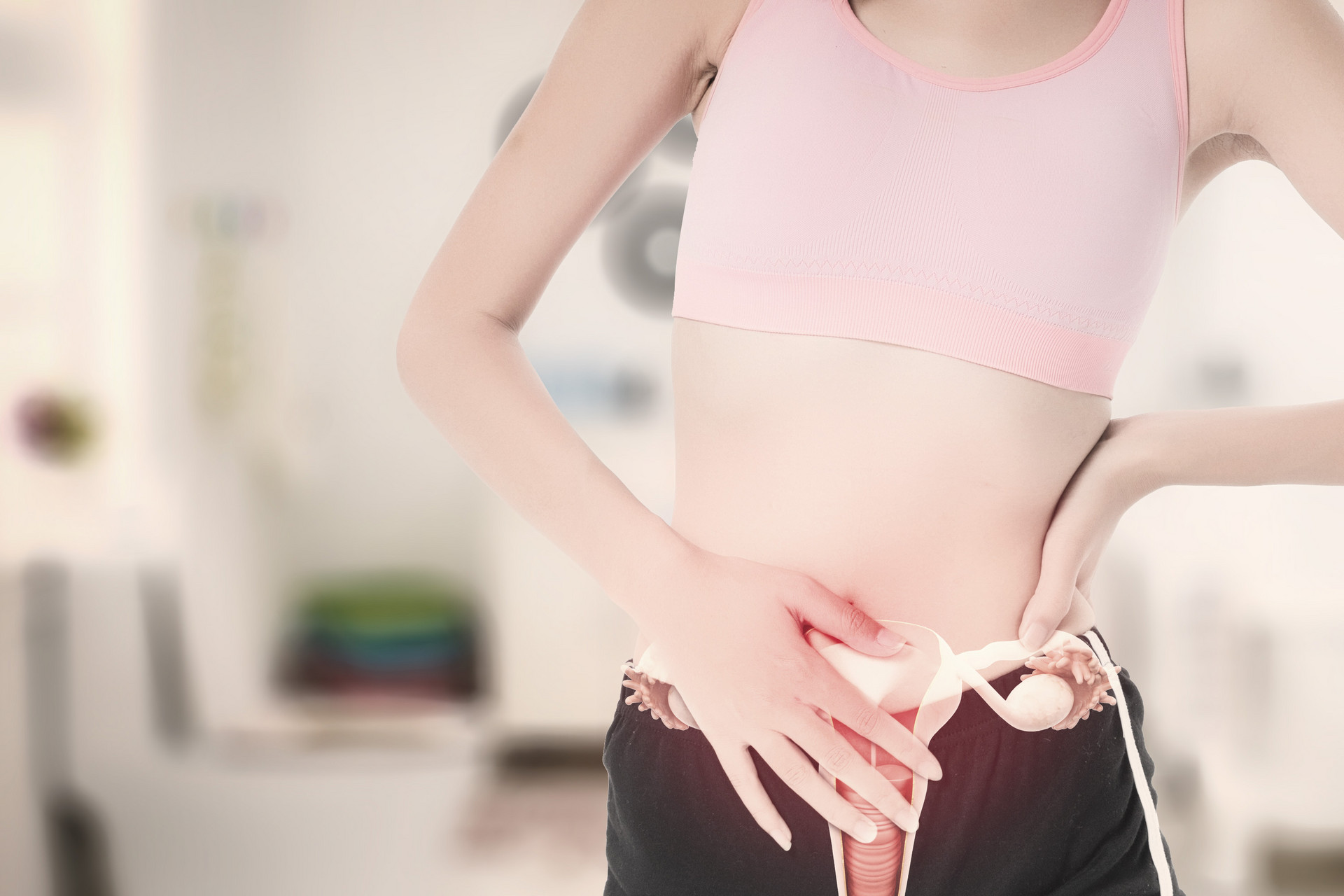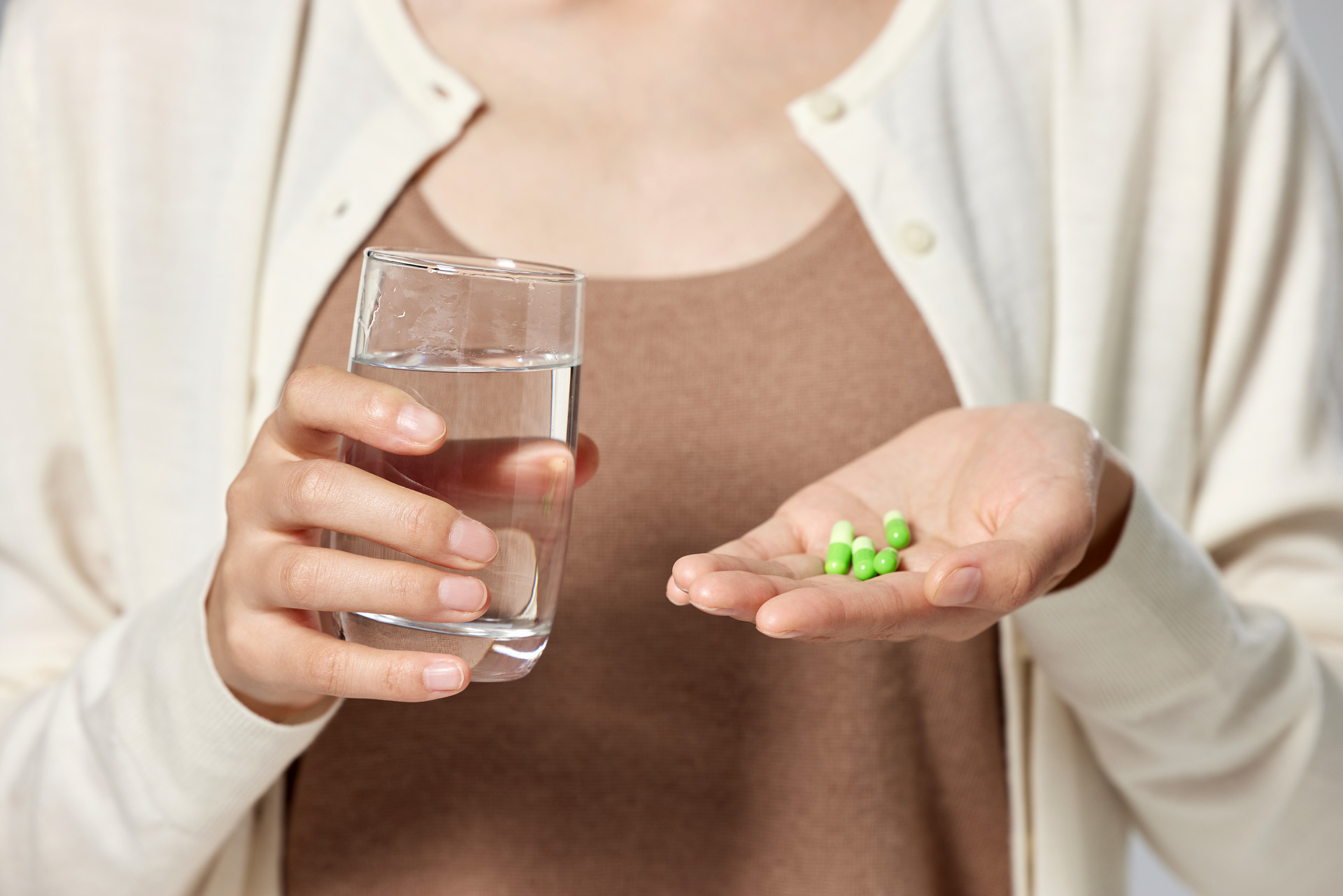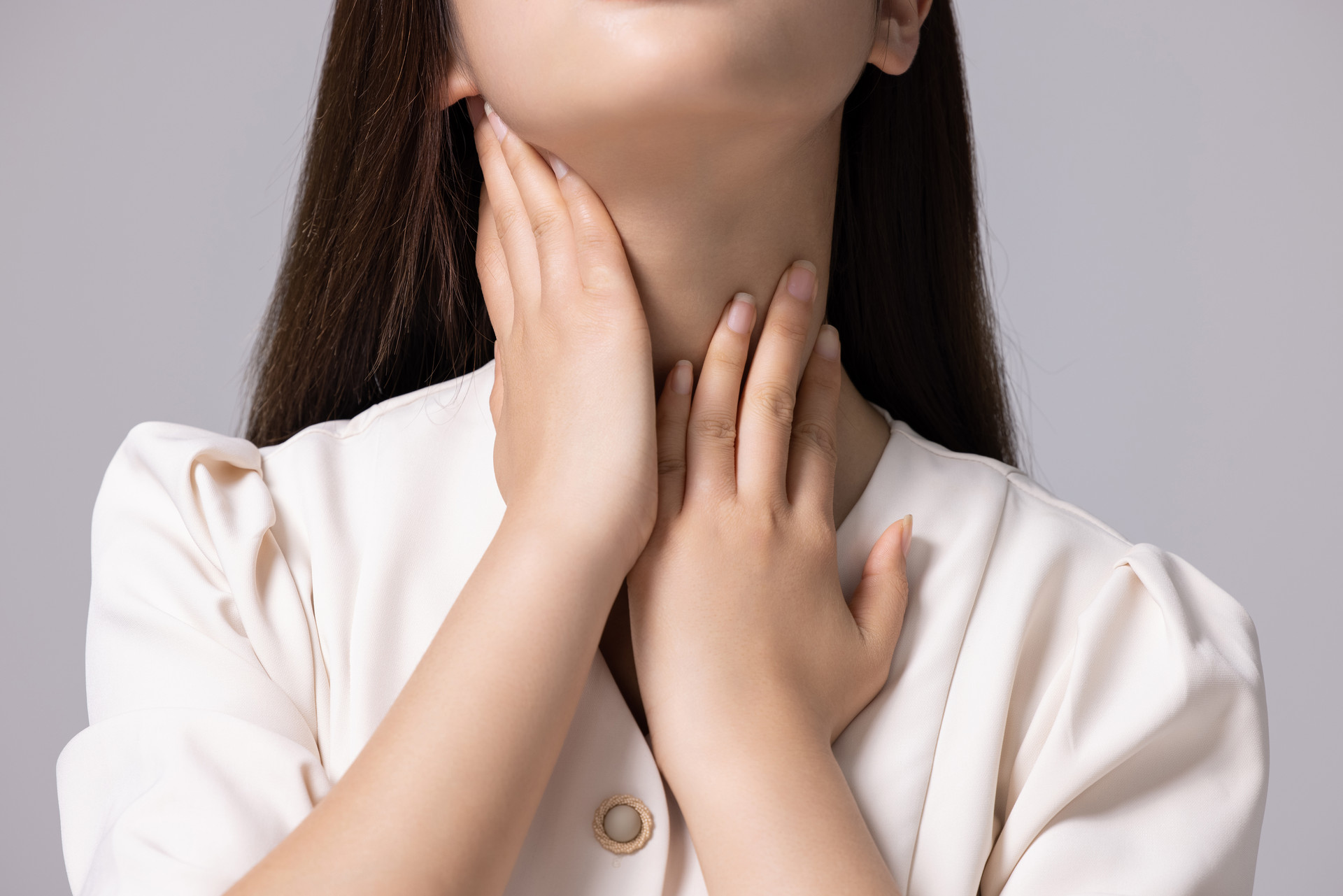Understanding the Whole Lifecycle in Traditional Chinese Medicine
There are many records in ancient Chinese medical texts about the study of the human lifecycle. The book "Su Wen · Ancient Innocence Theory" states: "At the age of seven, a girl's kidney qi is abundant, her teeth grow and change... At the age of forty-nine, the ren mai meridian becomes deficient, the tai chong meridian declines, the heavenly menstruation is exhausted, and the earthly pathway is blocked, causing the body to deteriorate and be unable to bear children." "At the age of eight, a boy's kidney qi is strong, his hair grows and changes... At the age of sixty-four, the heavenly menstruation is exhausted, the essence is scarce, the kidney weakens, and the body deteriorates, causing the hair to fall out." The book "Zhu Bing Yuan Hou Lun · Bian Zheng Hou" records the physiological changes of "bian zheng" in infants, commonly known as "growth fever" or "growth heat." This is a theory used by ancient doctors to explain the developmental patterns of infants and young children, stating that every thirty-two days is a phase of change, and every sixty-four days is a phase of growth. These three types of changes in life rhythms represent the understanding of the physiological changes in the human lifecycle in Traditional Chinese Medicine.
Modern Medical Research on the Whole Lifecycle
Modern medicine divides the human lifecycle into seven stages: prenatal period, infancy, childhood, adolescence, early adulthood, middle age, and old age. Traditional Chinese medicine summarizes a person's life as birth, growth, strength, aging, and death. The regular changing process of the human lifecycle is similar to the growth process of a tree, and can be summarized as "the tree of maternal and child health in Traditional Chinese Medicine" to encompass the different stages of women and children's lives in terms of Traditional Chinese Medicine health care.
Now, let's introduce the Traditional Chinese Medicine constitution identification and health care plan for postpartum women in the whole lifecycle health care.
Traditional Chinese Medicine Constitution Identification and Health Care Plan for Postpartum Women
Postpartum refers to the physiological state of women after 28 weeks of pregnancy, whether it is a natural birth or a cesarean section. It is not a disease. Traditional Chinese medicine health care for postpartum women should be based on the characteristics of blood and fluid depletion, blood stasis obstruction, and multiple deficiencies and stasis. Following the principle of "do not focus solely on the postpartum period but also do not forget about the postpartum period," specific treatments should be based on individual circumstances and syndrome differentiation.
Herbal Health Care
Shenghua Soup: 10g of danggui, 10g of taoren, 10g of chuanxiong, 10g of ginger, and 5g of zhi gancao.
Applicable population: Suitable for postpartum women without other obvious discomfort, such as fever or constipation.
Applicable constitution: Blood stasis constitution, balanced constitution, and qi deficiency constitution are most suitable.
Notes: In clinical application, it is recommended to make adjustments based on specific conditions for better results.
Acupoint Massage Plan
Massage points such as Zusanli, Shenque, and Zhongji for 10 minutes each, according to personal tolerance.
Zusanli
Location: On the outer side of the lower leg, three inches below the calf's nose, one horizontal finger's width from the front edge of the tibia (middle finger).
Method: Sit with knees bent and locate the point three inches below the outer knee (calf's nose), one horizontal finger width from the front ridge of the tibia. Alternatively, use your hand to feel for the thick ridge of the tibia from the center of the knee and go down one inch from the outer lower edge of the ridge.
Function: Strengthen the spleen and stomach, support the body's vitality, stimulate meridians, and promote the circulation of qi.
Shenque
Location: Supine position. At the center of the abdomen, in the middle of the navel.
Method: Lie on your back and locate the point at the center of the navel.
Function: Warm the yang and relieve counterflow, promote diuresis and fix prolapse.
Zhongji
Location: Supine position. In the lower abdomen, on the midline, four inches below the navel.
Method: Locate the point four inches below the navel, on the midline while lying on your back.
Function: Tonify the kidneys and invigorate yang, regulate menstruation and stop abnormal vaginal discharge.
Applicable population: Suitable for postpartum women in general, can be used at any age.
Applicable constitution: Suitable for all constitutions.
Notes: Acupoint massage is a green therapy with no adverse reactions when used routinely.
Acupoint Moxibustion Plan
Prescription: Zusanli, Shenque, Guanyuan, Sanyinjiao.
Method: Use mild moxibustion with moxa sticks, moxibustion each point for 3-5 minutes until a slight reddening of the skin occurs. Once a day, 10 days per course of treatment.
Applicable population: Suitable for postpartum women in general, can be used at any age.
Applicable constitution: Suitable for all constitutions, with the best results for qi deficiency constitution, blood stasis constitution, yang deficiency constitution, and balanced constitution.
Notes: Acupoint moxibustion is a green therapy with no adverse reactions. Pay attention to prevent burns during use.
Ear Acupressure Plan
Ear points: Spleen, Kidney, Uterus, Endocrine.
Method: Attach Wang Bu Liao Xing seeds to a 0.6cm square adhesive tape, use tweezers to attach the seeds to the selected ear points. Press each point 3-5 times a day, 30-60 seconds each time, change the tape every 3-7 days, alternating between both ears. 10 times constitute one course of treatment.
Applicable population: Suitable for postpartum women in general, can be used at any age.
Applicable constitution: Suitable for all constitutions.
Notes: Ear acupressure is a green therapy with no adverse reactions. Make adjustments to the selection of ear points based on specific conditions for better results.
Emotional Regulation Plan
Maintain a happy mood and quickly recover from discomfort and fatigue associated with childbirth. Provide timely encouragement for positive behaviors exhibited by postpartum women to enhance their confidence.
Assist postpartum women in accepting themselves. The most worrying thing for postpartum women is feeling incapable. If it is their first child, help them understand and learn how to easily take on the role of a mother and how to take care of the baby. If they are already mothers, they may feel that having one more child increases their responsibility, so provide them with spiritual support in this aspect.
Encourage couples to empathize with each other, understand each other, and communicate more.
Dietary Health Care Plan
Ensure a balanced diet rich in nutrients. In addition to staple foods, consume protein-rich foods such as eggs, milk, fish, lean meat, and soy products, as well as fresh vegetables and fruits. Drink plenty of soups, such as chicken soup, pig trotters soup, crucian carp soup, and bone soup. Remove the oil floating on top of the soup to prevent greasiness. Use less salt in the soup for a light taste. Avoid raw, cold, spicy, and fried foods to prevent damage to the spleen and stomach. Eat small meals frequently, with five meals a day, to meet nutritional needs without causing digestive problems.
It is a traditional practice in China for postpartum women to consume brown sugar, which has the function of nourishing and promoting blood circulation. However, excessive consumption should be avoided to prevent bloating and acid reflux.
Medicated Diet Health Care Plan
Ginseng, Astragalus, and Angelica Chicken Soup
Ingredients: 10g of Angelica, 15g of Codonopsis, 15g of Astragalus, half a chicken.
Method:
1. Clean and cut the chicken into pieces. Wash the codonopsis, angelica, and astragalus.
2. Place the chicken, codonopsis, angelica, and astragalus in a clay pot, cover, and simmer over low heat for 3 hours. Season to taste. Consume regularly or divide into several servings throughout the day.
Therapeutic function: Tonify qi, nourish blood, and invigorate the body.
Applicable range: Suitable for postpartum women in general. It is suitable for postpartum weakness, fatigue, lower back pain, lack of breast milk, or absence of breast milk.
Applicable population: Suitable for postpartum women in general, can be used at any age.
Applicable constitution: Suitable for all constitutions, with the best results for qi deficiency constitution, blood deficiency constitution, and balanced constitution.
Notes: Temporarily suspend use in cases of fever, abscesses, or severe constipation.
Living Environment Health Care Plan
Maintain a balanced diet and adequate rest to keep a cheerful spirit.
Inform postpartum women about the benefits of breastfeeding and provide guidance on the correct breastfeeding position and infant latching.
Guide postpartum women to have more skin-to-skin contact with their babies to enhance the mother-child bond. Teach postpartum women to rest synchronously with their babies to maintain sufficient physical and mental energy.
Strengthen breast care to keep the breasts clean and ensure smooth milk flow, preventing the occurrence of mastitis.
Encourage postpartum women to drink plenty of water and urinate early to restore bladder function and prevent urinary tract infections.
For women who have had an episiotomy, maintain cleanliness of the perineum, change perineal pads and underwear frequently, clean the area after bowel movements, keep the bowels regular, and advise postpartum women to lie on their non-incision side.
Avoid sexual intercourse and sitz baths during the puerperium.
Exercise and Rest Health Care Plan
The timing of postpartum exercise varies depending on the mode of delivery.
For mothers who have had a natural birth without significant postpartum bleeding: they can start walking within 2-3 days after childbirth, do exercises to contract the pelvis within 3-5 days, and do gentle gymnastics or stretching exercises after 2 weeks, gradually increasing the intensity of exercise.
For mothers who have had a cesarean section: it depends on the healing of the incision. Generally, stretching exercises can be started after 1 month, and exercises to strengthen the abdominal muscles are suitable after 6-8 weeks.
Recommended exercises for postpartum women: Postpartum women have weak bodies, so gentle aerobic exercises such as walking and slow jogging are suitable for them.


